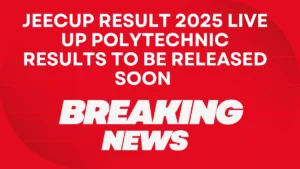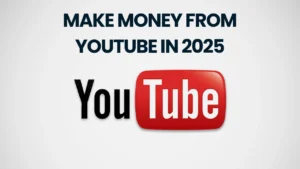Tesla has officially unveiled details surrounding its much-anticipated Robotaxi service launch in Austin, Texas, and the reality is far less revolutionary than fans may have hoped. The so-called autonomous taxi service will hit the roads this weekend, but with a major caveat — a Tesla employee acting as a “safety monitor” will be seated in the front of every vehicle.
Table of Contents
ToggleIs This Really a Robotaxi?
Despite the hype, Tesla’s Robotaxi service is shaping up to be more of a public demo than a truly driverless experience. Unlike the long-promised vision of Full Self-Driving (FSD) vehicles independently navigating complex roads without human supervision, this pilot service will require constant human oversight.
What Is Actually Being Launched?
Here’s what Tesla is rolling out:
- A geo-fenced, ride-hailing service with limited operational hours (6:00 AM to 12:00 AM).
- It will operate only within a restricted area in Austin.
- A Tesla employee (“safety monitor”) will sit in the front passenger seat to intervene if needed.
- Users must be pre-approved and invited, and use a dedicated app to book rides.
This model bears little resemblance to the truly autonomous ride-hailing services already deployed by Waymo, which has run fully driverless rides in Austin since earlier this year — after an extensive testing phase both with and without safety drivers.
How It Compares to Waymo and Other AV Leaders
Waymo, a subsidiary of Alphabet (Google’s parent company), is widely seen as the frontrunner in autonomous vehicle development. Before launching its commercial service in Austin, Waymo conducted over a year of rigorous testing, including:
- 6 months with a safety driver onboard
- 6 months of fully driverless operations
Tesla, on the other hand, appears to be fast-tracking a version of its service that still requires human intervention, contradicting its previous promises of unsupervised, AI-driven taxis.
What You Need to Know as a Rider
Tesla’s Robotaxi app and service come with strict terms and numerous conditions:
Rules and Requirements:
- Must agree to Terms of Service, Privacy Policy, and Rider Rules
- Must provide a valid credit or debit card
- Service operates only within the designated geofence
- Service is weather-dependent — expect it to be unavailable during rain or poor conditions
- Users must be invited to participate and are not allowed to share or distribute the app
- Behavioral expectations are high: any form of misconduct or unsafe behavior can result in a permanent ban
Restrictions:
- No smoking, vaping, drinking alcohol, or drug use
- No transporting weapons, illegal substances, or hazardous materials
- No reverse engineering, surveillance, or unauthorized recordings of Tesla’s proprietary systems
Tesla also warns users that posting content on social media showing misuse or violations may lead to termination of access.
Publicity vs. Progress?
Tesla’s approach has raised questions in the automotive and tech communities. Many critics argue that this launch is more about generating headlines and appeasing investors than delivering on the long-standing promise of Level 5 autonomy.
CEO Elon Musk has repeatedly claimed that FSD would reach full autonomy “next year” for several years in a row — and this controlled rollout with a human monitor feels more like a tech showcase than a leap forward.
The Bigger Picture
Tesla’s Robotaxi program is part of its broader vision to replace traditional car ownership with a fleet of autonomous taxis, earning passive income for Tesla vehicle owners. However, that dream is still a long way from reality, especially given that:
- Tesla has not received regulatory approval for true driverless operations
- FSD remains in beta testing, and its reliability is still under scrutiny
- No evidence shows Tesla’s AI can match the consistent safety levels of players like Waymo or Cruise
Final Thoughts
While the Tesla Robotaxi launch in Austin is a step forward in demonstrating the company’s evolving capabilities, it’s clear that the service is far from fully autonomous. The presence of a safety monitor, geo-fencing, and ride restrictions point to a system that’s still in its early testing phase, not a finished product.
As competitors surge ahead with fully driverless deployments, Tesla will need to back its bold claims with real-world performance — and soon — if it hopes to catch up in the race toward autonomy.
Disclaimer: We make every effort to ensure the information published on this website is accurate and current. However, we do not guarantee the completeness, accuracy, or reliability of any content. For the most accurate and up-to-date information, please refer to the official sources or websites directly.






